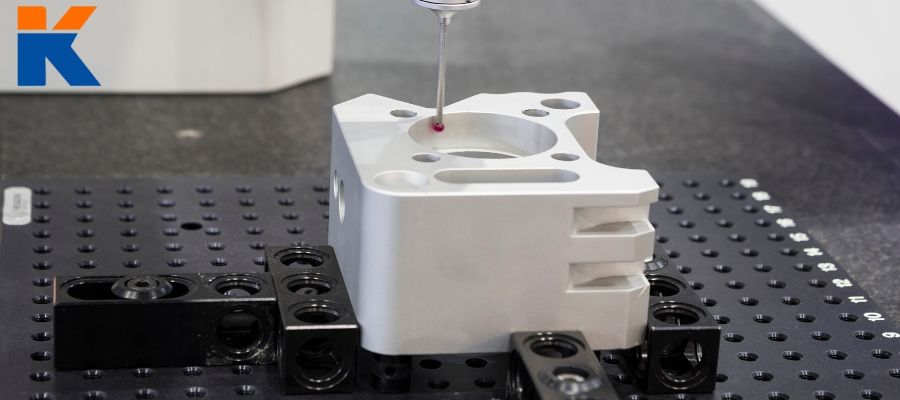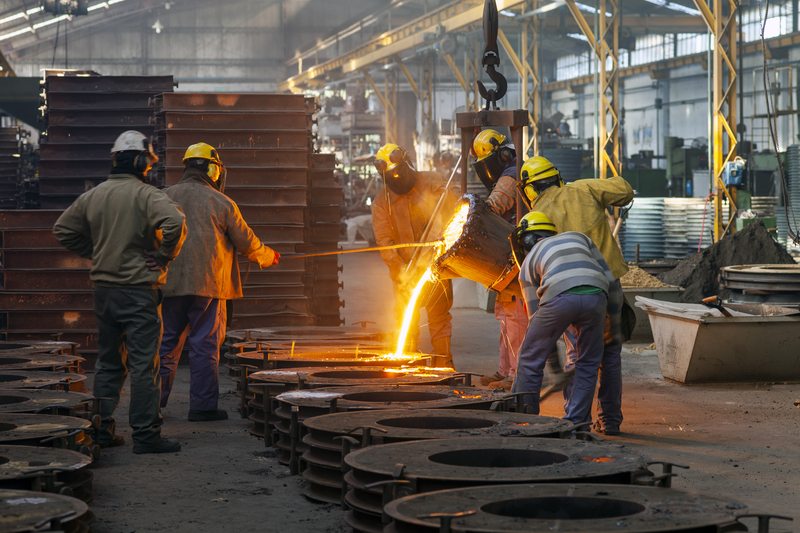The smart Trick of Aluminum Castings Company That Nobody is Talking About
The Ultimate Guide To Aluminum Castings Company
Table of ContentsIndicators on Aluminum Castings Company You Need To KnowAluminum Castings Company Things To Know Before You BuyThe Ultimate Guide To Aluminum Castings CompanyNot known Details About Aluminum Castings Company Rumored Buzz on Aluminum Castings CompanyThe Single Strategy To Use For Aluminum Castings CompanyThings about Aluminum Castings CompanyAn Unbiased View of Aluminum Castings Company
There are two key types of die spreading used in the aluminum casting sector: warm chamber pass away casting and cool chamber die casting. The primary distinction between these methods is exactly how the molten steel is provided to the mold. In hot chamber pass away spreading, typically utilized for reduced melting factor steels, the melting pot is directly attached to the device, and a plunger compels the material with a gooseneck into the die dental caries.
Rumored Buzz on Aluminum Castings Company
In these techniques, the mold is deliberately damaged or broken away in order to remove the finished aluminum casting. Common procedures under the category of expendable mold and mildew casting include (financial investment spreading),,, and investment spreading. When manufacturing personalized light weight aluminum components making use of expendable molds, manufacturers put liquified light weight aluminum or aluminum alloys right into the mold and mildew, which is after that broken apart to release the strengthened metal part.
The is just one of the oldest and most utilized kinds of aluminum spreading. It includes condensing specialized factory sand, usually enhanced with clay or material, around a precisely crafted reusable pattern that establishes the shape and interior information of the finished aluminum product. The pattern system incorporates risers and vents to take care of the flow of liquified steel and to stop casting flaws such as shrinking porosity.
Some Known Facts About Aluminum Castings Company.

This mold and mildew is then preheated previous to the pouring of liquified light weight aluminum or light weight aluminum alloy. As the metal fills the shell, it catches the elaborate details and fine surface area finish of the mold. Once cooled down, the ceramic is mechanically or chemically escaped, permitting the removal and splitting up of individual actors parts.
See This Report about Aluminum Castings Company
Irreversible mold casting uses reusable metal mold and mildews and is ideal for automation with regular quality and less waste. Expendable mold casting utilizes single-use mold and mildews, like sand or foam, providing style versatility and lower tooling costs for models or brief runs. Die spreading is best for producing high volumes of light weight aluminum components that require tight resistances, great details, and smooth surface areas.
The Carat features innovative control systems for specific procedure administration, consisting of automatic ladling, real-time quality assurance, and energy-efficient procedure. The Toshiba Maker DC-J Series includes die casting devices appropriate for aluminum. Understood for their durable construction and high injection efficiency, these equipments make certain efficient and precise casting. They include innovative hydraulic and control systems for consistent top quality, along with real-time surveillance, automated lubrication, and user-friendly programs user interfaces.

While aluminum can be utilized in its pure type, it is typically alloyed with various other metals to enhance its residential properties or the homes of the various other metals. These alloys offer boosted performance for various applications. Aluminum alloys are classified into eight series, phoned number from one to eight. The first number(s) of the number show the primary alloying component combined with aluminum.
An Unbiased View of Aluminum Castings Company
This alloying boosts the toughness and solidity of light weight aluminum yet reduces its ductility and deterioration resistance. The 3000 series alloys are primarily alloyed with manganese.
The 4000 collection alloys are alloyed with silicon, which decreases the melting point and improves fluidness. This makes it a preferred option for casting, as it is very easy to create in its molten state.
8 Simple Techniques For Aluminum Castings Company
This series is identified as a high-strength alloy, especially suited for sheet and plate applications because of its exceptional weldability. Its resistance to deterioration from acids and antacid makes it optimal for usage in rough and aggressive settings (Aluminum Foundry). The 6000 series alloys are alloyed with both magnesium and silicon, giving a balance of stamina, mechanical properties, and deterioration resistance
Handling the 6000 series requires specialized and advanced devices, which can be complicated and expensive. However, this collection is understood for its excellent deterioration and oxidation resistance, in addition to its convenience of finishing, therapy, and workability. The 7000 collection aluminum alloys are the greatest and most resilient amongst light weight aluminum types, with strength comparable to around two-thirds of industrial-grade A3 steel.
See This Report on Aluminum Castings Company
Zinc is the main alloying component in the 7000 collection, boosting the hardness of the light weight aluminum, also though zinc's firmness is similar to that of aluminum on the Mohs scale. The 8000 series light weight aluminum alloys are largely alloyed with tin, along with tiny quantities of copper and nickel (Sand Molding). While these alloys provide reduced stamina his comment is here contrasted to other collection, they stand out in machinability and put on resistance
Light weight aluminum cast heatsinks are electrically conductive, allowing them to be grounded successfully. They are often cast with integrated functions that reduce the requirement for secondary procedures, such as additional machining or assembly, bring about more cost savings. Light weight aluminum casting is frequently used to produce braces for both durable industrial tools and household appliances.
About Aluminum Castings Company
The single-piece construction of aluminum braces enhances their toughness and longevity, minimizing the possibility of failing. If openings are called for, they can be consisted of straight in the spreading mold, reducing the demand for post-production finishing (https://www.openlearning.com/u/alumnmcstngs-t5hdoi/). Suppliers have increasingly taken on light weight aluminum spreading for golf tools due to its longevity, security, and flexibility in shaping